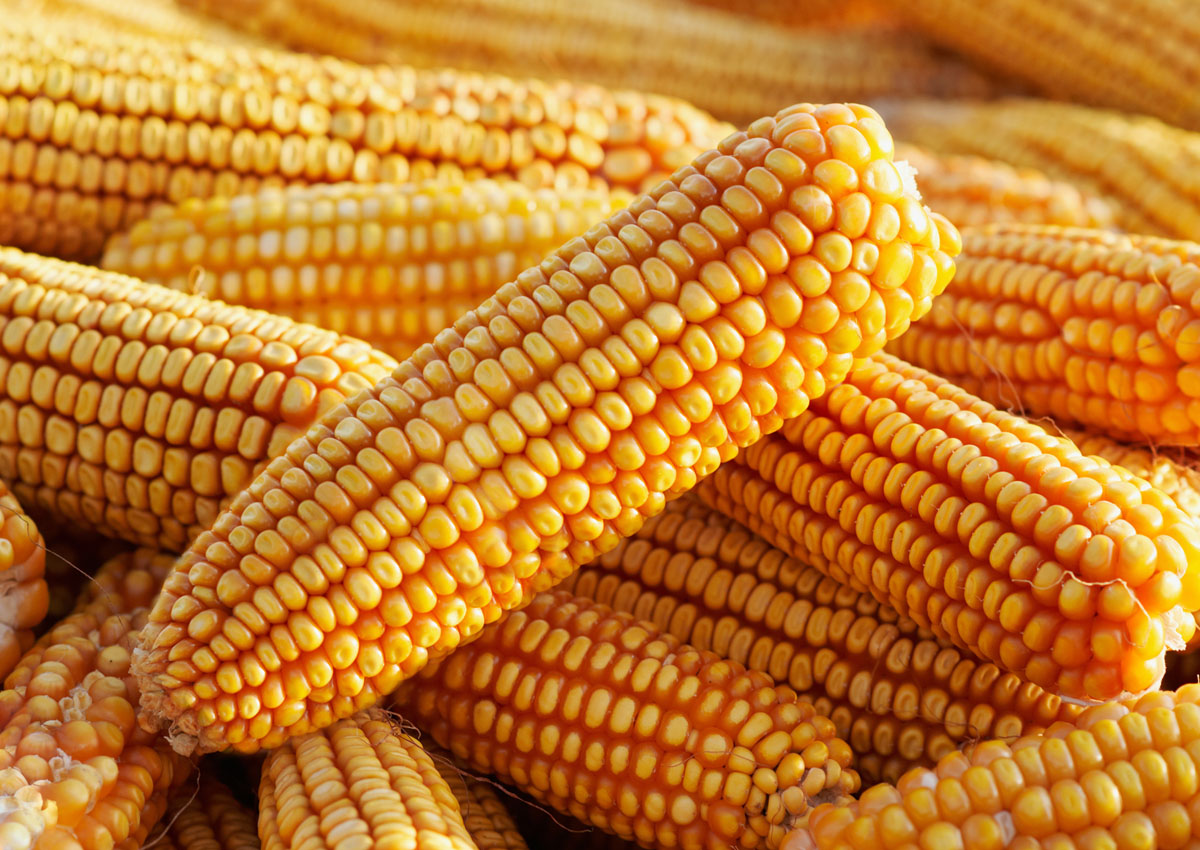
GM Crops with One or More Bt Toxins Do Not Pose Risk for Non-Target Organisms
January 22, 2020| |
Bt crops produce proteins that are toxic to certain insect pests. Increasingly, Bt crop varieties are engineered to produce a number of Bt toxins simultaneously to control target pests more efficiently, expand the range of target pests, and slow down the development of resistance. It has been a concern that Bt crops could pose an increased risk for non-target organisms, since the individual proteins produced might interact with one another.
Jörg Romeis and Michael Meissle conducted a systematic literature search of all major databases in order to spot evidence of interactions between Bt toxins that might cause unexpected damage to non-target organisms. They checked approximately 2,300 literature references for relevant results and identified 58 scientific publications with results from laboratory or field trials. The laboratory studies were conducted with a total of 35 insect species from 24 families and 11 orders. Field trials recording the frequencies of insects chiefly in Bt maize and Bt cotton were carried out in 5 and 7 countries, respectively.
The researchers did not find evidence in the literature that Bt toxins in combination have a different action spectrum than the individual proteins. They concluded that genetically engineered plants containing combined Bt toxins are as safe for non-target organisms as plants with a single Bt toxin.
For more details, read the news article in Agroscope.
| |
You might also like:
- Forty Years of Data Quantifies Benefits of Bt Corn Adoption Across Different Crops
- Pocket K No. 42: Stacked Traits in Biotech Crops
- Pocket K No. 6: Bt Insect Resistant Technology
Biotech Updates is a weekly newsletter of ISAAA, a not-for-profit organization. It is distributed for free to over 22,000 subscribers worldwide to inform them about the key developments in biosciences, especially in biotechnology. Your support will help us in our mission to feed the world with knowledge. You can help by donating as little as $10.
-
See more articles:
-
News from Around the World
- Trending News on Crop Biotech in 2019
- Scientists Engineer Mosquitoes to Repel Dengue Virus
- ISAAA: More than 70 Countries Adopted Biotech Crops since 1996
- VIB Submits Application for New Field Trials of GM Maize
- Enabling Plants to Combat Climate Change by Storing More Carbon Dioxide
- EU Commission Seeks Overhaul of GM Law to Address Gene Editing Regulations
-
Research Highlights
- Overexpression of Pear Gene in Arabidopsis Boosts Abiotic Stress Resistance
- GM Crops with One or More Bt Toxins Do Not Pose Risk for Non-Target Organisms
- Study Shows Genetic Origins of How Plants Evolved from Living in Water to Land
-
Plant
- CRISPR-Cas12a-based DNA Test Used in Disease Detection and GMO Identification
-
Read the latest: - Biotech Updates (December 17, 2025)
- Gene Editing Supplement (December 17, 2025)
- Gene Drive Supplement (February 22, 2023)
-
Subscribe to BU: - Share
- Tweet

